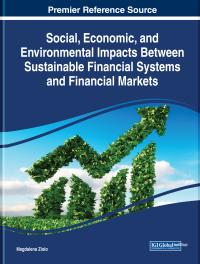Question
Consider the following four investments. a) You invest $3,000 annually in a mutual fund that earns 10 percent annually, and you reinvest all distributions. How
Consider the following four investments.
a) You invest $3,000 annually in a mutual fund that earns 10 percent annually, and you reinvest all distributions. How much will you have in the account at the end of 20 years?
b) You invest $3,000 annually in a mutual fund with a 5 percent load fee so that only $2,850 is actually invested in the fund. The fund earns 10 percent annually, and you reinvest all distributions. How much will you have in the account at the end of 20 years? (Assume that all distributions are not subject to the load fee.)
c) You invest $3,000 annually in a no-load mutual fund that charges 12b-1 fees of 1 percent. The fund earns 10 percent annually before fees, and you reinvest all distributions. How much will you have in the account at the end of 20 years?
d) You invest $3,000 annually in no-load mutual fund that has a 5 percent exit fee. The fund earns 10 percent annually before fees, and you reinvest all distributions. How much will you have in the account at the end of 20 years?
**Please provide work in Excel w/ formulas**
In each case you invest the same amount ($3,000) every year; the fund earns the same return each year (10 percent), and you make each investment for the same time period (20 years). At the end of the 20 years, you withdraw the funds. Why is the final amount in each mutual fund different?
Step by Step Solution
There are 3 Steps involved in it
Step: 1

Get Instant Access to Expert-Tailored Solutions
See step-by-step solutions with expert insights and AI powered tools for academic success
Step: 2

Step: 3

Ace Your Homework with AI
Get the answers you need in no time with our AI-driven, step-by-step assistance
Get Started


